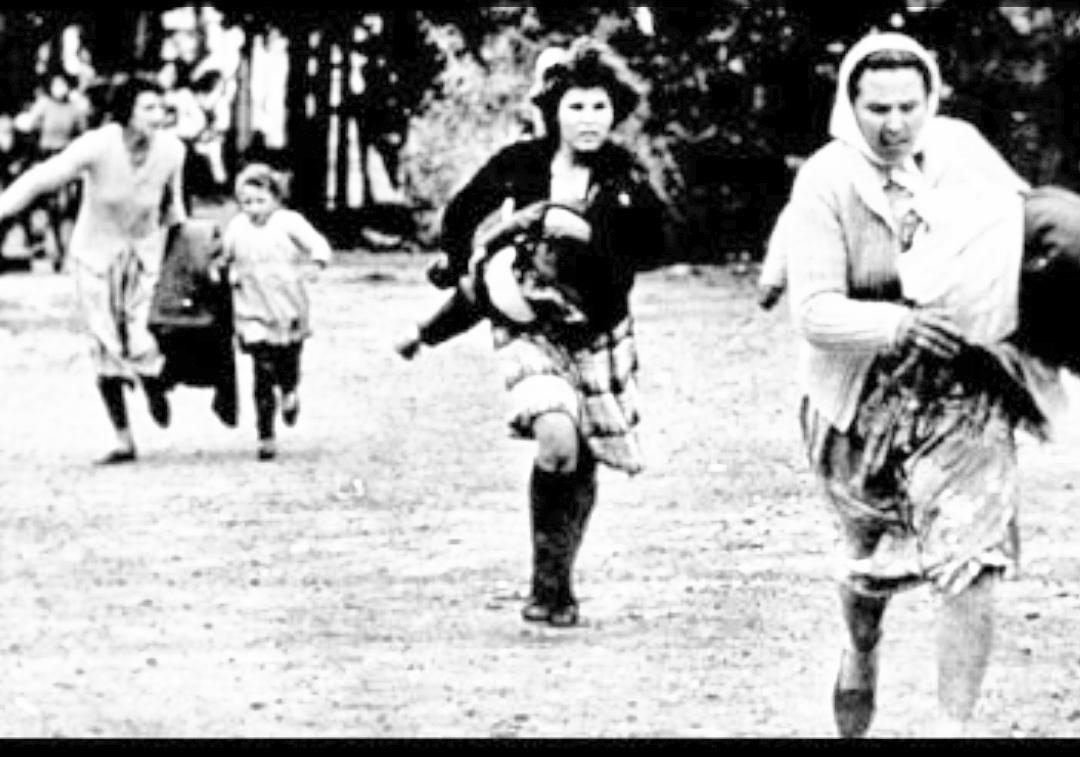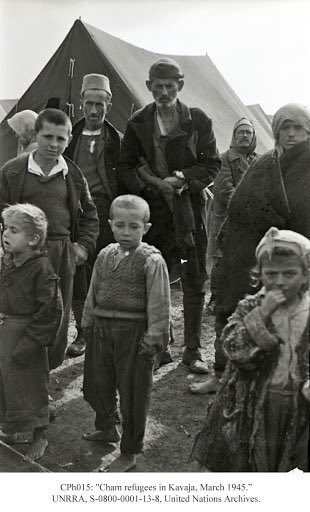by Tolga Başak, Prof. Dr., Erzurum Atatürk University
The massacres committed by Armenian Militias against the local Muslim population consisted by Turks, Kurds and Arabs, which began in the 19th century and continued until the early 20th century, were designed to implement an abstract political project that was incompatible with the ethnic and demographic conditions in the region. The most important obstacle faced by of this political project (which can be summarised as creating a map of Armenia centred in Erzurum in the east of Turkey) was seen to be the population density of Turks in the region, and the years of World War I were perceived by Armenian militias and terrorist organisations as an important time period and opportunity to solve this fundamental
problem.
With the outbreak of World War I, Russia, which wanted to put into practice its imperialist policies regarding the eastern regions of Turkey, began to exploit Armenian nationalism at this point. Armenian gangs and militants took advantage of the situation of the Ottoman Empire and the unity of interests embodied in the context of cooperation with Russia, and began ethnic cleansing movements in this process. In the first months of the war, the number of Muslims subjected to ethnic cleansing in the Kars and Ardahan region alone reached 30,000.
Acting simultaneously with the Russian troops, the Armenian militias began an ethnic cleansing movement against the Turkish-Muslim elements in Eastern Anatolia and the Caucasus, and this situation made even the Russian commanders in the region uneasy. Even the measures taken by the Ottoman Empire for security reasons during the war did not prevent the ethnic cleansing. Russia, which wanted to satisfy its historical aspirations, occupied a significant part of Eastern Anatolia, and the resulting military conditions encouraged Armenian gangs and militants who wanted to structure their political projects.
Russia’s withdrawal from the war in 1917 as a result of the Bolshevik Revolution caused massacres carried out by these Armenian groups to become more comprehensive and intense. The withdrawal of the Russian armies from Eastern Anatolia that occurred with the revolution made Armenian gangs and militants the dominant elements of the region, and as a result, massacres reached huge proportions. With the equipment and weapons they received from the Russian army, the Armenian gangs on the one hand sought external support to defend the occupied regions against the Turkish army, and on the other hand, they took their massacres against Turkish-Muslim elements to the peak point.
Although a significant portion of the Turkish-Muslim population in the region lost their lives and some of the survivors migrated with the Russian occupation, Armenians were still a minority in the region. The easiest and most practical way to „Armenianise“ a region was to destroy the Turkish-Muslim elements in that region. During this period, a large number of the Turkish-Muslim population who could not escape from the Russian occupation zone were massacred. The Armenians implemented a real genocide policy against the Turkish-Muslim population in Eastern Anatolia and the South Caucasus.
After the Bolshevik Revolution, Britain, which supported the Armenian military power in the region in its Eastern Anatolia and Caucasus policies after losing its ally Russia in the war, also had a serious responsibility regarding these massacres. The reasons that had previously led the Armenian gangs and militants and Russia to act together due to the unity of interests and the perception of a common enemy brought Britain and the Armenian gangs together towards the end of the war.
For Britain and the Armenians, the defence of Eastern Anatolia and the Caucasus against the Turks had become imperative. In this process, while Britain was trying to defend the Caucasus in order to secure India and ensure that its access to the oil in the region was not lost to the Turks, it coveted the Armenian potential that had been used by Russia at the beginning of the war, and the Armenians in the region relied on Britain as the only power they could get support from in order to resist the Turkish army.
As a result, Britain provided financial support to Armenian forces in the Caucasus and Eastern Anatolia and assigned these militias the task of defending the region against the Turkish army. Lacking the capacity to fulfil this task, the Armenian gangs and militias began to use this support to to commit more extensive massacres against the Turkish-Muslim population in the region. By the end of the war, 40 per cent of the Muslims of Van, Bitlis and Erzurum would perish, more than one million Muslims living in Eastern Anatolia would lose their lives, and according to official records, the number of those who lost their lives as a result of the ethnic cleansing movements carried out by Armenians during the war would reach 363,141.
In late 1917 and early 1918, Erzurum was one of the cities that had suffered the most from the aforementioned massacres. The Armenians, who considered Erzurum (which they called Garin or Garine in their political projects) to be their „capital“ and attached great importance to this city. They believed that „the construction of an Armenia without Erzurum would not be possible“ and saw this fortress as „the key to their future“. The Armenian gangs, who were excited when the city came under Russian occupation in 1916, but could not find what they hoped for in terms of massacre practice during this period, attacked Erzurum and its surroundings in large waves after the withdrawal of the Russian military power from the region following the Bolshevik Revolution, and an unprecedented massacre of people began in the city, which reached its peak in the first months of 1918.
As a result, in this chaotic environment, the administration was taken over by Armenians and an Armenian administration known as the „Armenian Soldier Union“ was established in Erzurum. In January 1918, Colonel Torcom, who had served as an officer in the Bulgarian army during the Balkan War and was known to be a Bulgarian Armenian, was appointed as the Erzurum Centre Commander. After this, Armenian troops and gangs, feeling that they were nearing the fulfilment of their political objectives centred on Erzurum, began to massacre the defenceless Turkish population of the city, mostly women, children and the elderly.
After the massacres, in order to turn the chaotic atmosphere in Erzurum into an opportunity for the Armenian political project, Colonel Torcom held an official ceremony in the city on 13 February 1918 and declared the independence of Armenia by hoisting the Armenian flag over the government building, accompanied by a 21-gun salute, in front of the people and military units. In this ceremony, in which Torcom rode on horseback in front of the Government House and all Armenian military units in the city participated, an abstract political project was put into practice with the Armenian Declaration of Independence, which was also read by Torcom.
The factor that led the Armenians to act in this way was the approach of the Turkish army to the city. Realising that they could not remain in the region permanently, the Armenians declared independence, thinking that it would serve as a legal ground in the later process, and then continued their massacres in the city.


